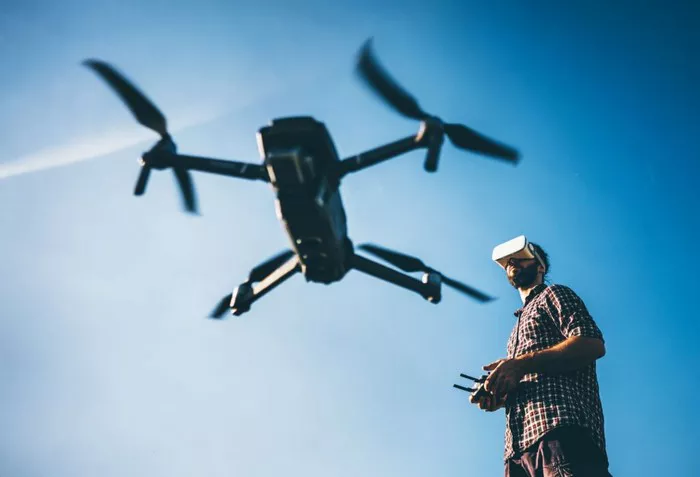The U.S. is rolling back regulations that have long restricted commercial drone operations, potentially unleashing a surge of low-altitude autonomous aircraft in the skies. This shift could transform industries from package delivery to public safety, infrastructure, and beyond.
Why It Matters
Using heavy vehicles like trucks to deliver small items such as a 2-pound burrito is inefficient. Transitioning these deliveries to drones could reduce road congestion and lower emissions, benefiting both cities and the environment.
Relaxed rules will also allow drones to expand their role in infrastructure inspections, agriculture monitoring, emergency response, and filmmaking.
The Big Picture
Once a leader in aviation innovation, the U.S. has fallen behind due to stringent regulations. For example, America’s dominance in supersonic flight has waned as regulatory hurdles limited progress.
Meanwhile, China’s DJI commands the global drone market, and the first electric air taxis built in the U.S. are set to debut in the Middle East. Boeing, a traditional aviation giant, continues to grapple with safety and quality issues.
Driving the News
Last week, President Trump signed three executive orders aimed at reviving U.S. leadership in advanced aviation:
- Directing the Federal Aviation Administration (FAA) to enable routine drone flights beyond visual line of sight (BVLOS), a critical step for large-scale drone delivery services.
- Reducing U.S. dependence on Chinese-made drones and accelerating real-world testing of electric vertical takeoff and landing (eVTOL) aircraft, also known as air taxis.
- Strengthening defenses against hostile drones ahead of major global events like the Olympics and World Cup.
Between the Lines
Walmart recently announced plans to expand its drone delivery service to five additional cities, signaling growing commercial interest. Yet, current FAA rules require individual approvals for long-distance drone flights and restrict the number of drones a single pilot can oversee, creating costly barriers to scaling.
Industry experts say fast-tracking BVLOS regulations will unlock economic potential and attract fresh investment.
Industry Voices
“Drone technology is ready to take off, but bad policy has put an artificial ceiling on innovation,” said Lisa Ellman, CEO of the Commercial Drone Alliance.
Eric Brock, CEO of drone operator Ondas Holdings, added, “What we needed was a clear framework to scale—and now we have it.” He credited the executive orders for boosting investor confidence during a recent $40 million stock offering.
What’s Next
The FAA plans to release a draft rule on drone operations within 30 days and finalize it by early 2026. The executive orders will also fund at least five pilot projects to advance eVTOL applications in cargo, medical response, and rural access—benefiting companies like Joby Aviation, Archer Aviation, and Beta Technologies.
Additionally, Boom Supersonic, the first independent company to break the sound barrier, gains a regulatory green light to commercialize supersonic jets. Trump’s order lifts a longstanding ban on supersonic flights over land, citing advancements that reduce sonic booms.
“We just knocked over the big domino,” said Boom CEO Blake Scholl. “We had one regulatory roadblock and now we have none.”
Bottom Line
With new regulatory support, the U.S. has a rare opportunity to reclaim its leadership in advanced aviation technologies, from drones to supersonic jets and electric air taxis.
Related topics:

